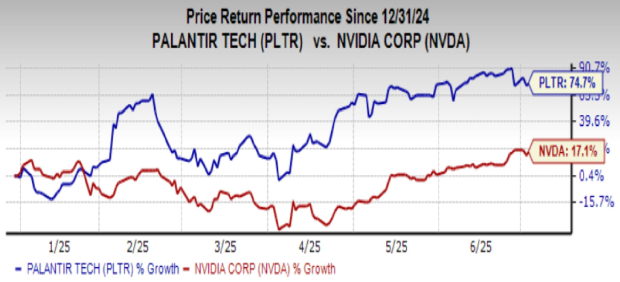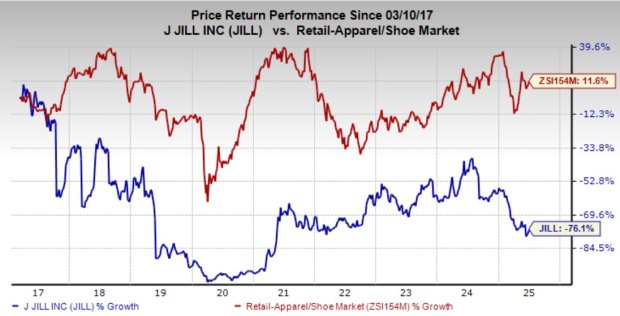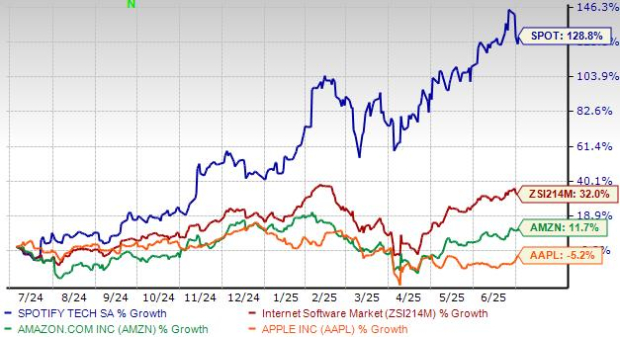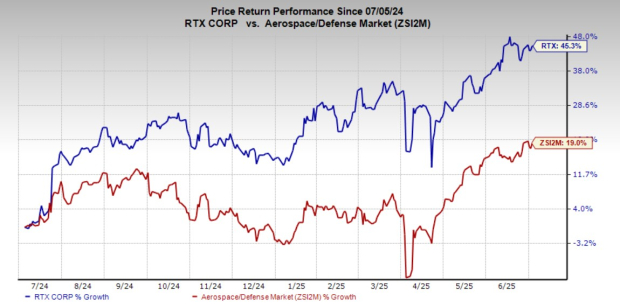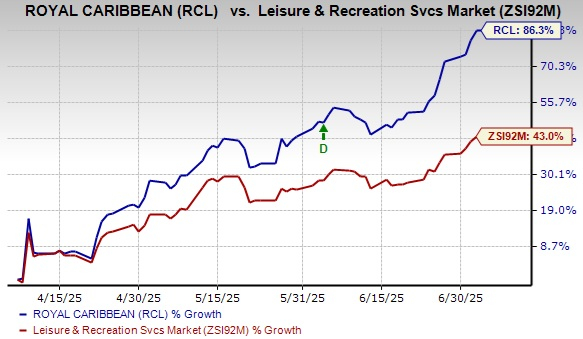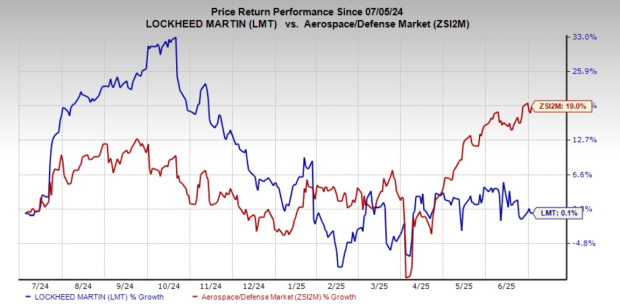Note: Tapestry’s FY’23 ended July 1, 2023.
As the luxury goods retailer of handbags, shoes, and accessories, Tapestry (NYSE: TPR) is gearing up to unveil its fiscal second-quarter results on February 8th. Anticipate the stock to take a dip upon the fiscal Q2 release as revenues and earnings could likely miss expectations. Adding to the mix, Tapestry is in the process of acquiring Capri Holdings, formerly known as Michael Kors, by taking on an $8.5 billion debt. This would balloon its net debt to approximately $900 million, summing up to a massive $9.4 billion pro forma net debt load. Nevertheless, the Tapestry- Capri deal promises to create an extensive portfolio of luxury brands, amalgamating Tapestry’s Coach, Kate Spade, and Stuart Weitzman brands with Capri’s Versace, Jimmy Choo, and Michael Kors brands.
The Q1 performance was a mixed bag, with the Coach nameplate marking a robust quarter with a 3% year-over-year (y-o-y) sales surge. Conversely, Kate Spade witnessed a 6% y-o-y sales slump, while Stuart Weitzman dived even deeper with a 19% sales decline. Impressively, the Coach brand commands about 75% of the company’s revenues. In terms of geography, sales remained level y-o-y in the U.S. and shrank by 1% in Europe. The company’s international revenue was fueled by a 12% upswing in Japan and a 9% rise in Greater China. It’s noteworthy that the lion’s share of Tapestry’s results hinged on just two countries and one brand alone during Q1, hinting at potential vulnerability to regional market swings. Notably, Coach boasts a formidable physical footprint in China, where the luxury market is rebounding vigorously from the pandemic with exceptional vigor and tenacity. By 2025, the Chinese luxury market is poised to touch about $112 billion, constituting nearly 25% of the global spending.
Over the past three years, TPR stock has exhibited a robust surge of 35%, climbing from around $30 in early January 2021 to its present levels, in contrast to the S&P 500’s 30% climb over the same period. However, Tapestry’s stock’s upward trajectory has been anything but smooth-sailing. The stock posted returns of 31% in 2021, followed by a contraction of 6% in 2022, and a subsequent dip of 3% in 2023. Comparatively, the S&P 500 witnessed a 27% upswing in 2021, dipped by 19% in 2022, and bounced back with a 24% rise in 2023 – indicating that TPR trailed behind the S&P in 2023. Strikingly, outperforming the S&P 500 consistently has been a daunting task for individual stocks in recent years, even for big names in the Consumer Discretionary sector such as AMZN, TSLA, and HD, as well as for megacap stalwarts like GOOG, MSFT, and AAPL. In contrast, the Trefis High Quality (HQ) Portfolio, comprising 30 stocks, has outperformed the S&P 500 every year over the same period. The question arises: Why? As a whole, the HQ Portfolio stocks delivered superior returns with less risk compared to the benchmark index, translating to a less tumultuous ride, as apparent in HQ Portfolio’s performance metrics. Given the present uncertain macroeconomic milieu characterized by soaring oil prices and elevated interest rates, could TPR mirror its 2023 performance and lag behind the S&P over the ensuing 12 months – or could it witness a robust leap?
According to our projections, Tapestry’s valuation stands at around $35 per share, marking a 15% downtrend from the present market price. Delve deeper into our interactive dashboard analysis on Tapestry’s Earnings Preview: What To Expect in Fiscal Q2? for more insights.

(1) Revenues expected to be below consensus estimates
Per Trefis estimations, TPR’s Q2 2024 revenues are anticipated to touch around $2 billion, marginally below the consensus estimate. In Q1 2024, TPR posted sales of $1.51 billion – marking a 0.7% year-over-year (y-o-y) uptrend. Excluding a 130 basis point blow from currency fluctuations due to the strengthening of the U.S. dollar, the revenue saw an approximate 2% y-o-y surge during the quarter. Looking ahead, Tapestry eyes a full-year revenue of $6.7 billion and foresees an EPS of $4.10 to $4.15. Additionally, it anticipates generating a free cash flow of roughly $1.1 billion for the year, excluding deal-related expenses.
(2) EPS likely to marginally trail the consensus estimates
As per Trefis analysis, TPR’s Q2 2024 earnings per share (EPS) are poised to touch $1.45, a tad below the consensus estimate. The company’s gross margin witnessed a 250 basis points improvement y-o-y in Q3. Consequently, its adjusted earnings of $0.93 per share surged 18% y-o-y in the third quarter.
(3) Stock price estimate lower than the current market price
Based on our Tapestry’s Valuation, with an EPS estimate of around $4.15 and a P/E multiple of nearly 8.5x in fiscal 2024, this translates into a price of $35, marking a 15% downtrend from the current market price.
It is insightful to compare Tapestry with its peers. TPR Peers offers a glimpse into how Tapestry’s stock measures up against its counterparts based on critical metrics. You can find additional beneficial contrasts for companies across various industries at Peer Comparisons.
| Returns | Feb 2024 MTD [1] |
Since start of 2023 [1] |
2017-24 Total [2] |
| TPR Return | 6% | 8% | 17% |
| S&P 500 Return | 2% | 29% | 121% |
| Trefis Reinforced Value Portfolio | 0% | 38% | 607% |
[1] Returns as of 2/7/2024
[2] Cumulative total returns since the end of 2016
Invest with Trefis Market-Beating Portfolios
See all Trefis Price Estimates
The views and opinions expressed herein are the views and opinions of the author and do not necessarily reflect those of Nasdaq, Inc.



